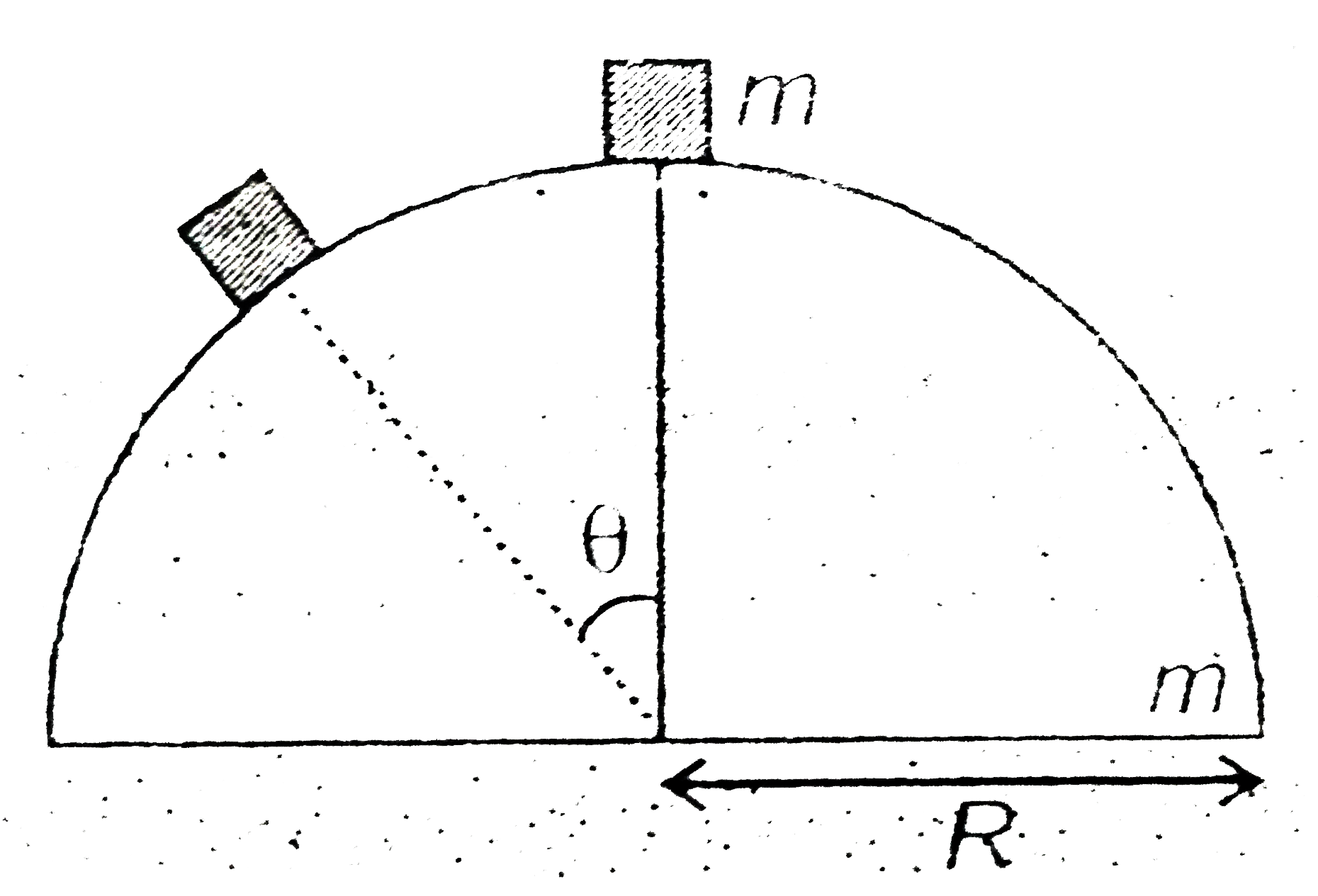In Young.s double slit experiment with monochromatic source of light of wavelength 6000A2, if the path difference at a point on the screen is 6×10−6m, the number of the bright band formed at that point is
2
4
6
10
The correct Answer is:D
To solve the problem of finding the number of bright bands formed at a point on the screen in Young's double slit experiment, we can follow these steps:
1. Understand the given values:
- Wavelength of light, λ=6000Å=6000×10−10m
- Path difference, Δx=6×10−6m
2. Use the formula for path difference:
The path difference for bright fringes in Young's double slit experiment is given by:
Δx=nλ
where n is the order of the bright fringe.
3. Rearrange the formula to find n:
We can rearrange the formula to solve for n:
n=Δxλ
4. Substitute the known values:
Substitute the values of Δx and λ into the equation:
n=6×10−6m6000×10−10m
5. Calculate n:
- First, simplify the denominator:
6000×10−10=6×10−7m
- Now substitute this back into the equation:
n=6×10−66×10−7=66×10−610−7=1×101=10
6. Conclusion:
The number of bright bands formed at that point is n=10.
Final Answer:
The number of the bright band formed at that point is 10.
---
- Wavelength of light, λ=6000Å=6000×10−10m
- Path difference, Δx=6×10−6m
The path difference for bright fringes in Young's double slit experiment is given by:
Δx=nλ
where n is the order of the bright fringe.
We can rearrange the formula to solve for n:
n=Δxλ
Substitute the values of Δx and λ into the equation:
n=6×10−6m6000×10−10m
- First, simplify the denominator:
6000×10−10=6×10−7m
- Now substitute this back into the equation:
n=6×10−66×10−7=66×10−610−7=1×101=10
The number of bright bands formed at that point is n=10.
The number of the bright band formed at that point is 10.
Topper's Solved these Questions
- WAVES OPTICSBOOK - AAKASH SERIESCHAPTER - WAVES OPTICSEXERCISE - EXERCISE -II (DIFFRACTION)
17 Videos
- WAVES OPTICSBOOK - AAKASH SERIESCHAPTER - WAVES OPTICSEXERCISE - EXERCISE -II (POLARISATION)
10 Videos
- WAVES OPTICSBOOK - AAKASH SERIESCHAPTER - WAVES OPTICSEXERCISE - EXERCISE -IB (ASSERTION AND REASON)
67 Videos
- WAVESBOOK - AAKASH SERIESCHAPTER - WAVESEXERCISE - EXERCISE-III (Doppler effect :)
15 Videos
Similar Questions
In the Young's double slit experiment using a monochromatic light of wavelength λ, the path difference (in terms of an integer n) corresponding to any point having half the peak
View SolutionIn the Young's double slit experiment using a monochromatic light of wavelength λ, the path difference (in terms of an integer n) corresponding to any point having half the peak
View Solution
Knowledge Check
In young's double slit experiment using monochromatic light of wavelengths λ, the intensity of light at a point on the screen with path difference λ is M units. The intensity of light at a point where path difference is λ/3 is
AM2BM4CM8DM16
In Young.s double slit interference experiment the wavelength of light used is 6000A0. If the path difference between waves reaching a point P on the screen is 1.5 microns, then at that point P
View SolutionIn Young.s double slit experiment, using monochromatic light L1 of wavelength 700 nm, 10th bright fringe was obtained at a certain point P on a screen. Which bright fringe will be obtained at the same point P if monochromatic light of wavelength 500 nm is used in place of L1 (No other alterations were made in the experimental set up).
View Solution(a) Why are coherent sources necessary to produce a sustained interference pattern ?
(b) In Young's double slit experiment using monochromatic light of wavelength λ, the intensity of light at a point on the screen where path difference is λ, is K units. Find out the intensity of light at a point where path difference is λ/3.
View SolutionIn Young's double slit experiment, when light of wavelength 4000A∘ is used 90 fringes are seen on the screen. When light of 3000 A is used, the number of fringes seen is
View SolutionIn Young.s double-slit experiment using monochromatic light of wavelength λ, the intensity of light at a point on the screen where path difference is λ, is K units. What is the intensity of light at a point where path difference is λ/3?
View SolutionA particle is placed on the top of a hemispherical shell of same mass. Shell is free to move on the smooth ground. If particle is given a given a gentle push and reaches to angular position q as shown in figure then for an observer fixed on a shell, ratio of reaction force exerted by shell to pseudo force (as observed from shell) acting on particle, is

View SolutionIn Young.s double slit experiment using monochromatic light of wavelength 600 nm, 5th bright fringe is at a distance of 0.48 mm from the centre of the pattern. If the screen is at a distance of 80 cm from the plane of the two slits, calculate :
Distance between the two slits.
View Solution
